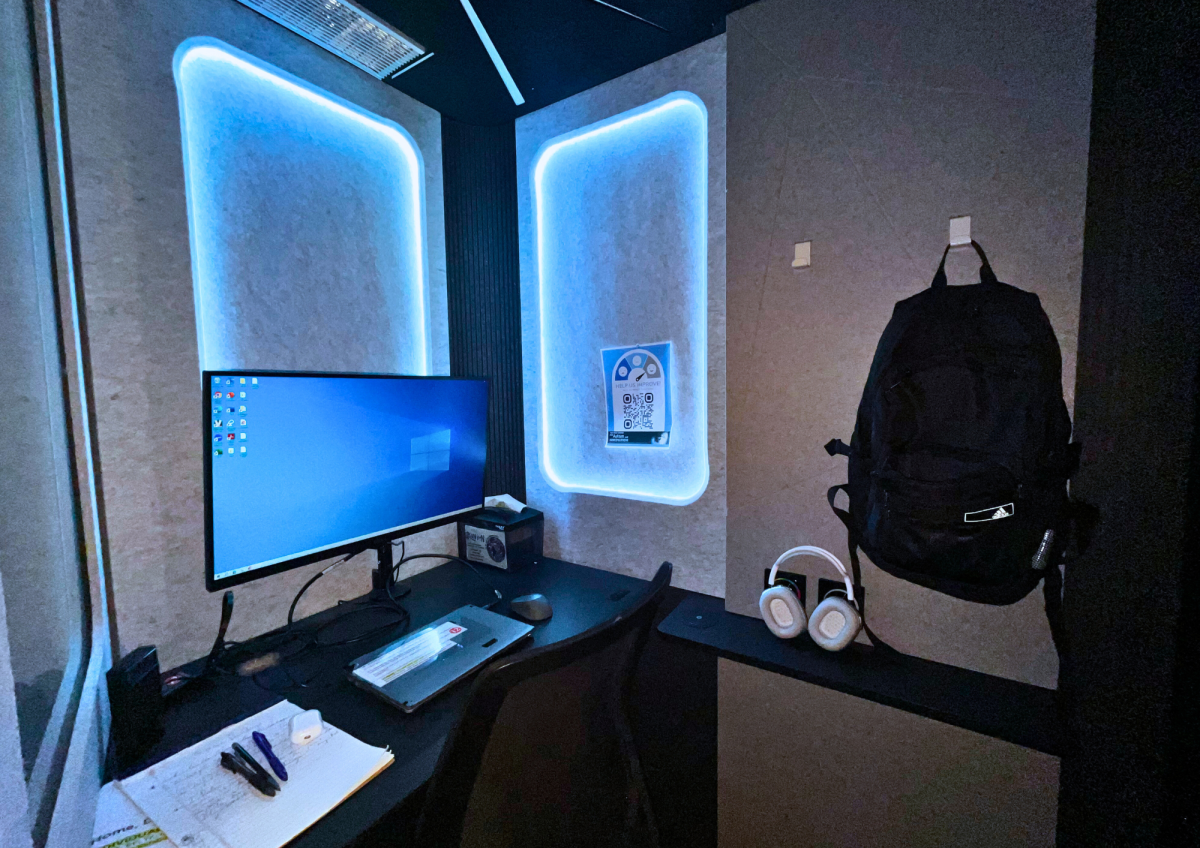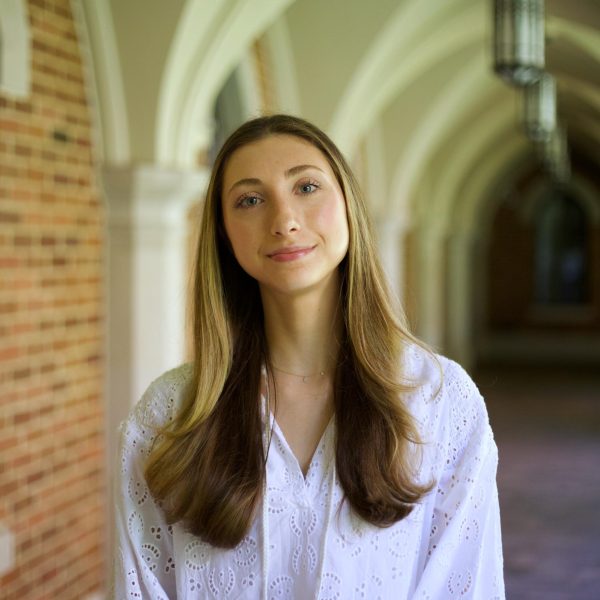The Frist Center for Autism and Innovation implemented four study boxes in several locations around campus that limit sensory stimuli. The boxes are available to all students, but they were specifically created for those with sensory processing disorders who are particularly vulnerable to sensory triggers, including motion, sound and lights.
In a conversation with The Hustler, Dave Caudel, the associate director of the Vanderbilt Frist Center for Autism and Innovation, said the center wanted to implement these study boxes in 2019, but the initiative was halted due to the pandemic. Last year, MeSpace, a company that manufactures distraction-free workstations, contacted the Frist Center, and the project resumed. Vanderbilt received the study boxes for free on the condition that each box included a QR code that students could scan to give MeSpace their feedback.
Caudel said the study boxes were first placed in the Wond’ry because its mission of emphasizing the exploration of new and innovative solutions aligns with that of the Frist Center.
“The [Frist] Center is all about innovation [and] trying to find outside-the-box solutions, which aligns with the Wond’ry’s mission,” Caudel said. “We felt these innovative new types of sensory pods in a place like the Wond’ry made a lot of sense.”
Additional study boxes were placed in the Sarratt Student Center and the Commons Center because they are popular places among students. They were also the first two locations besides the Wond’ry to receive approval for study boxes from their respective floor managers.
“We did a first-come, first-serve [basis for the boxes],” Caudel said. “We [asked] if anyone was interested in these pods, and we got a lot more requests than just for two [boxes].”
The Frist Center said they have been encouraging the floor managers of several other buildings across campus to approve the study boxes so they can be implemented in more spaces.
“[After approval], then we’ll get them in contact with MeSpace, and they can try to work something out with them,” Caudel said. “[We want to ensure] there is an option for people to get additional pods for Vanderbilt at some point in the future.”
Within the first two weeks of the boxes being implemented, twelve students filled out the form inside the boxes. According to Caudel, students’ feedback has been overall positive despite there being a few concerns about the boxes not being fully insulated from outside sounds. Caudel said he is willing to work with students and MeSpace to come up with a solution.
“If we get a bunch of data, and a lot of that data says the boxes would be great if they did a better job with noise, I can take that back to MeSpace and have a conversation with them about maybe a new generation or a next iteration of the boxes,” Caudel said.
Senior Alberto Fernandez said he has used the boxes in both the Wond’ry and Sarratt. He noted there were some discrepancies between the different boxes, specifically with lighting and location.
“In the one in the Wond’ry, you can adjust the lighting inside. The one [in Sarratt] is just white, but in the Wond’ry, you can change it to any color,” Fernandez said. “[The study box in Sarratt] locationally is also just strange.”
Senior Taina Monegro said the study boxes help her focus because she feels like she is isolated.
“I really like the boxes because they make me feel like I’m in a cave, and that helps me work. And it’s nice that they have a monitor that is big,” Monegro said. “I really like them — I just wish there [were] more [of them].”



